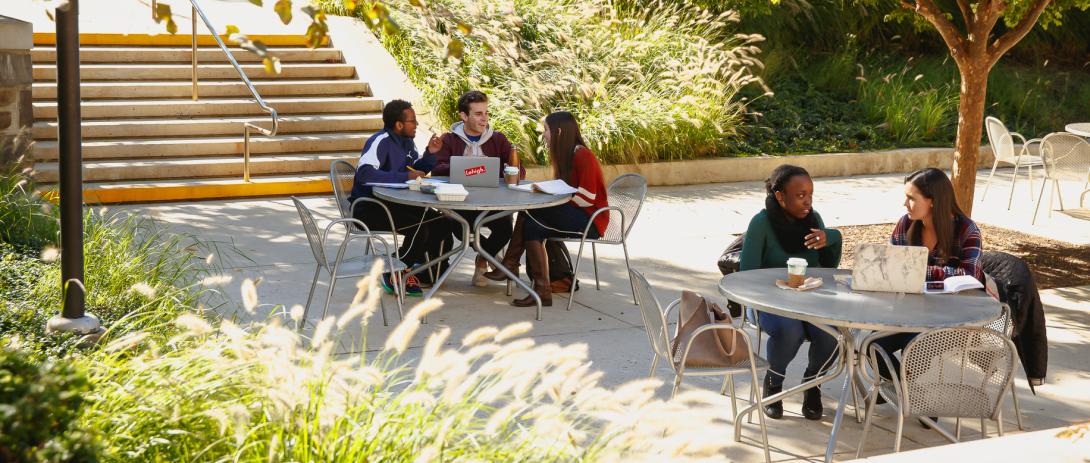Earning a Bachelor's Degree in the Arts & Sciences
The College of Arts and Sciences provides students with multiple opportunities to engage in academic experiences designed to broaden intellectual horizons and to concentrate in a major field of inquiry. Through a combination of college-wide distribution requirements and major field essential courses, Lehigh College of Arts and Sciences students investigate and acquire knowledge of human cultures and the physical and natural world.
Every student studies broadly in these areas—Arts and Humanities, Mathematics, Natural Sciences, and Social Sciences—before concentrating deeply in a major field. Students develop intellectual traits and skills needed to create the lifelong learning habits necessary to confront constantly changing social conditions, emerging technologies, challenging careers, and full lives.
Breadth of study combined with advanced work in select academic areas provides opportunities to integrate knowledge, skills, and achievements across disciplinary boundaries.
Intellectual and practical skills
- Inquiry and analysis
- Critical and creative thinking
- Effective written, oral, and visual communication
- Quantitative, visual, and information literacy
- Teamwork, collaboration, and problem solving
Personal, social, and professional responsibility
- Self-reflection, evaluation, and expression
- Social and civic awareness and engagement
- International and intercultural awareness and competence
- Ethical reasoning and action
- Professional and disciplinary standards
- Advanced, integrative and independent learning
- Inquiry across disciplines
- Synthesis within and between disciplines
- Navigating uncertainty, complexity, and ambiguity
- Independent discovery
- Application of knowledge and skills to new settings and complex problems

